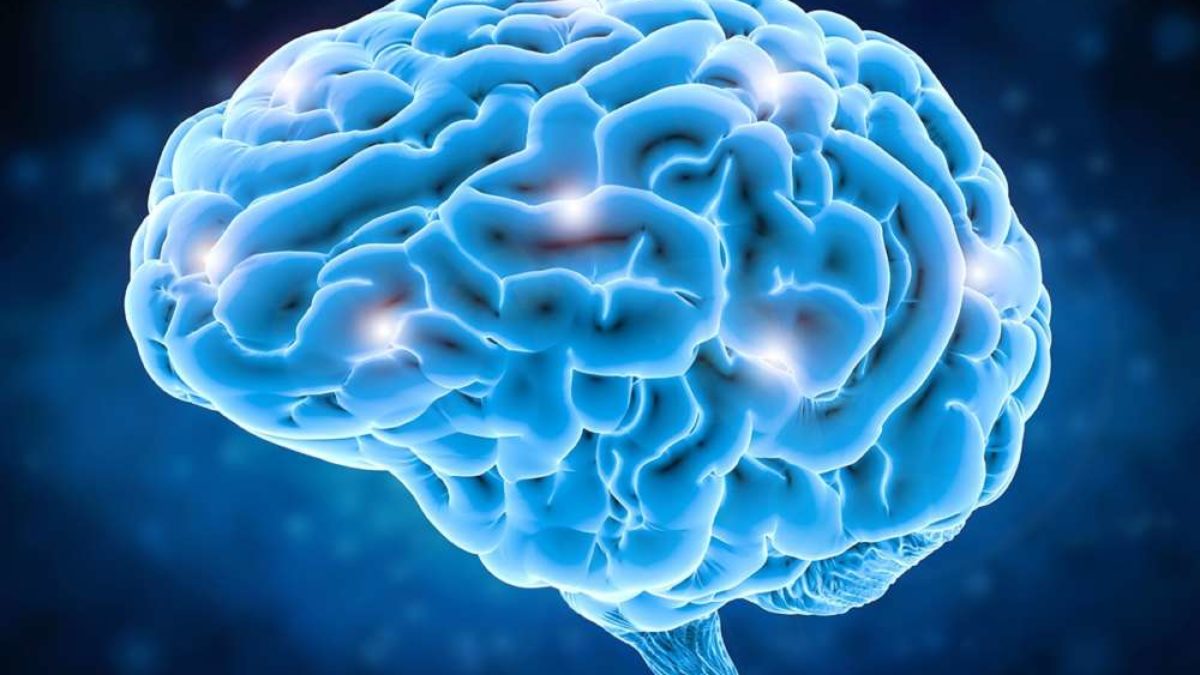Gut microbes, according to a recent research, trigger specialised cells to cut off unnecessary connections in brain regions that control social behaviour. Pruning is necessary for healthy social behaviour to evolve.
The researchers also discovered that these’social’ neurons in zebrafish and mice are identical. This implies that the findings may be applicable across species and may open the way to therapies for a variety of neurodevelopmental diseases. “This is a significant step forward,” said Judith Eisen, a UO neurologist who co-led the study with neuroscientist Philip Washbourne. “It also gives insight on what is happening in larger, furrier animals.”
The researchers presented their findings in two new articles, PLOS Biology and BMC Genomics.
While social behaviour is a complicated process involving many different sections of the brain, Washbourne’s group has previously found a collection of neurons in the zebrafish brain that are essential for one type of social interaction. If two zebrafish see each other via a glass barrier, they will normally approach and swim side by side. However, zebrafish lacking these neurons show little curiosity.
The scientists discovered a route connecting microorganisms in the gut to these neurons in the brain. Gut microorganisms stimulated cells called microglia in healthy fish to prune back excess connections between neurons.
Pruning is a natural element of brain growth. Extra brain connections, like clutter on a counter, can get in the way of the ones that truly important, resulting in jumbled information.
The trimming did not occur in zebrafish without particular gut microorganisms, and the fish had social deficiencies.
“We’ve known for a long time that the microbiome has a lot of effect on development,” Washbourne said. “However, there hasn’t been a lot of specific research on how the microbiome affects the brain. We’ve done a lot to push the envelope there.”
In a subsequent study, the researchers found two distinguishing characteristics of this group of social neurons that may be shared by mice and zebrafish.
One possibility is that these cells may be recognised by turning on comparable genes, indicating that they may play similar roles in both species’ brains. These hallmark indicators might be utilised to identify neurons that fulfil this function in various brains. The other finding is that “neurons with the same gene signature in mice are in about the same brain regions as zebrafish social neurons,” according to Eisen.
This discovery reinforces the researchers’ conviction that their work in zebrafish may be applied to mice or humans. Scientists can see neural networks grow through the juvenile fish’s translucent bodies, making it easier to examine the nuts and bolts of brain development in zebrafish.
Researchers might then apply what they’ve learned from zebrafish to better understand other species.
Both disturbance of the gut microbiota and inadequate brain synapse pruning have been related to a variety of neuropsychiatric diseases such as autism spectrum disorder.
“If we can connect them, it might lead to better therapies for a wide spectrum of illnesses,” said Joseph Bruckner, a postdoc in the Eisen and Washbourne laboratories and the paper’s first author in PLOS Biology. His next step is to figure out what chemicals connect the bacteria to the microglia, and to trace the connection between microorganisms and behaviour in greater detail.





